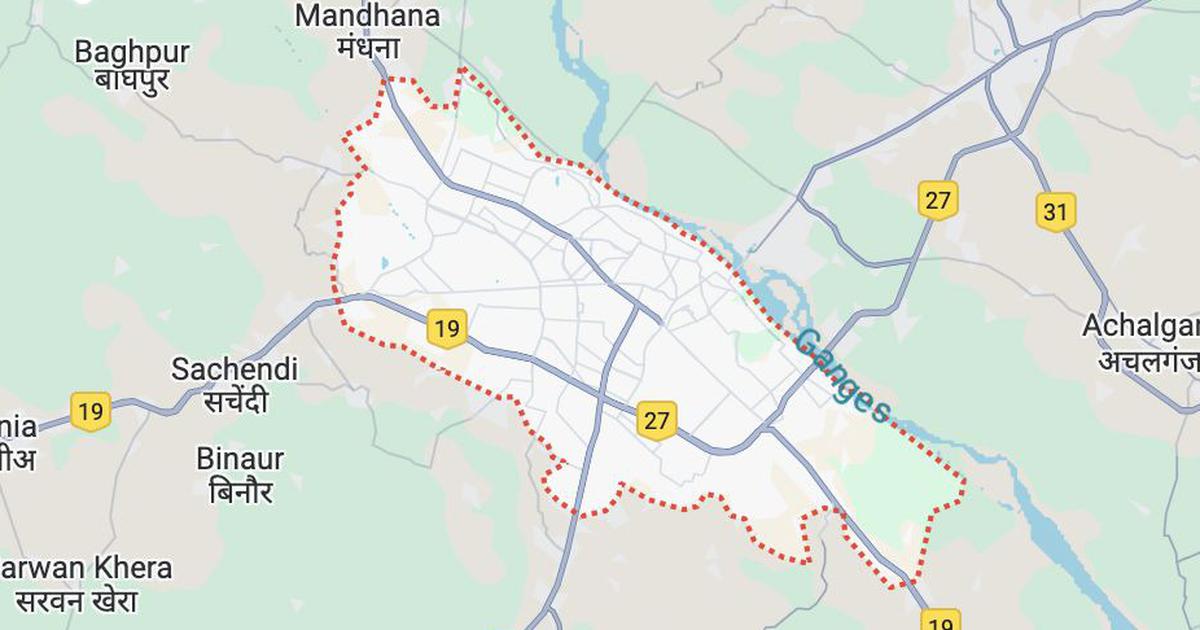The grant of sanction by Delhi Lieutenant Governor VK Saxena on Friday to prosecute author Arundhati Roy and academic Sheikh Showkat Hussain under the Unlawful Activities (Prevention) Act is surprising for two reasons.
First, its timing: the alleged offence for which Roy and Hussain are to be prosecuted took place nearly 14 years ago, on October 21, 2010, with a first information report registered by the Delhi police a week later.
Second, the lack of transparency regarding the reasons for prosecution. A 2013 judgement of the Supreme Court held that under the Unlawful Activities (Prevention) Act, an order sanctioning prosecution should ideally reflect the reasoning employed for the grant of sanction.
Saxena has not put in public domain any such reasons.
According to another Supreme Court judgment, the sanction order must be based on the police chargesheet. However, it is not clear whether the Delhi police has even filed a chargesheet in the matter so far and if it has, what the police’s findings against Roy and Hussain were that merited the sanction order.
Scroll explains how sanction for prosecution under the stringent anti-terror law is supposed to work, and why the information needed to check whether the sanction is lawful is missing in this case.
Timeline
According to the police complaint against Roy and Hussain, they had allegedly delivered speeches advocating for the separation of Kashmir from India in October 2010 at a conference organised by the Committee for Release of Political Prisoners under the banner of “Azadi: The only way”.
The complaint also named Kashmiri separatist leader Sayed Ali Shah Geelani and Delhi University lecturer Syed Abdul Rahman Geelani. Syed Abdul Rahman Geelani died in 2019 while Sayed Ali Shah Geelani passed away in 2021.
This story was originally published in scroll.in. Read the full story here.






